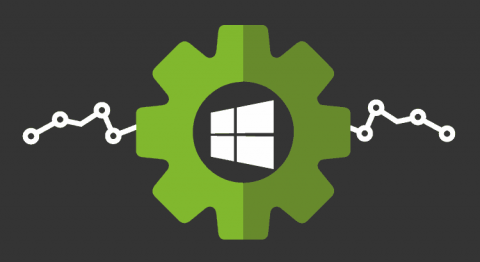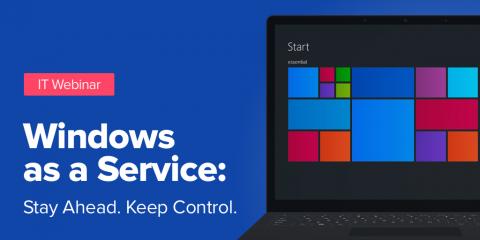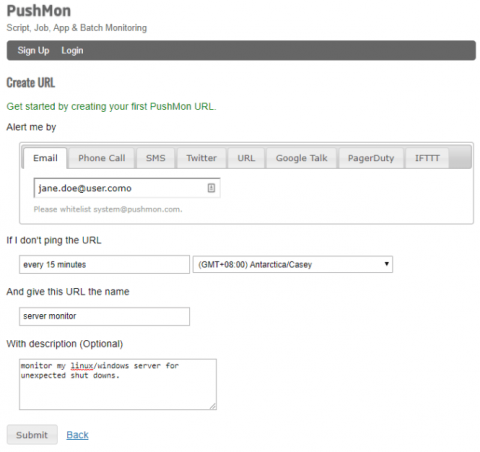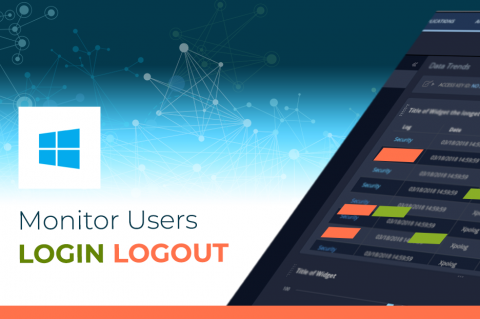Containerizing Legacy Windows Applications
There should be no doubt anymore that containers are revolutionizing the world of application development and leading the charge for purpose-built cross-cloud and hybrid-cloud topologies. There are other virtualization platforms that solved problems in server consolidation and data center optimization, but in the new world of cloud and mobility, proprietary monolithic middleware may have had its day.











